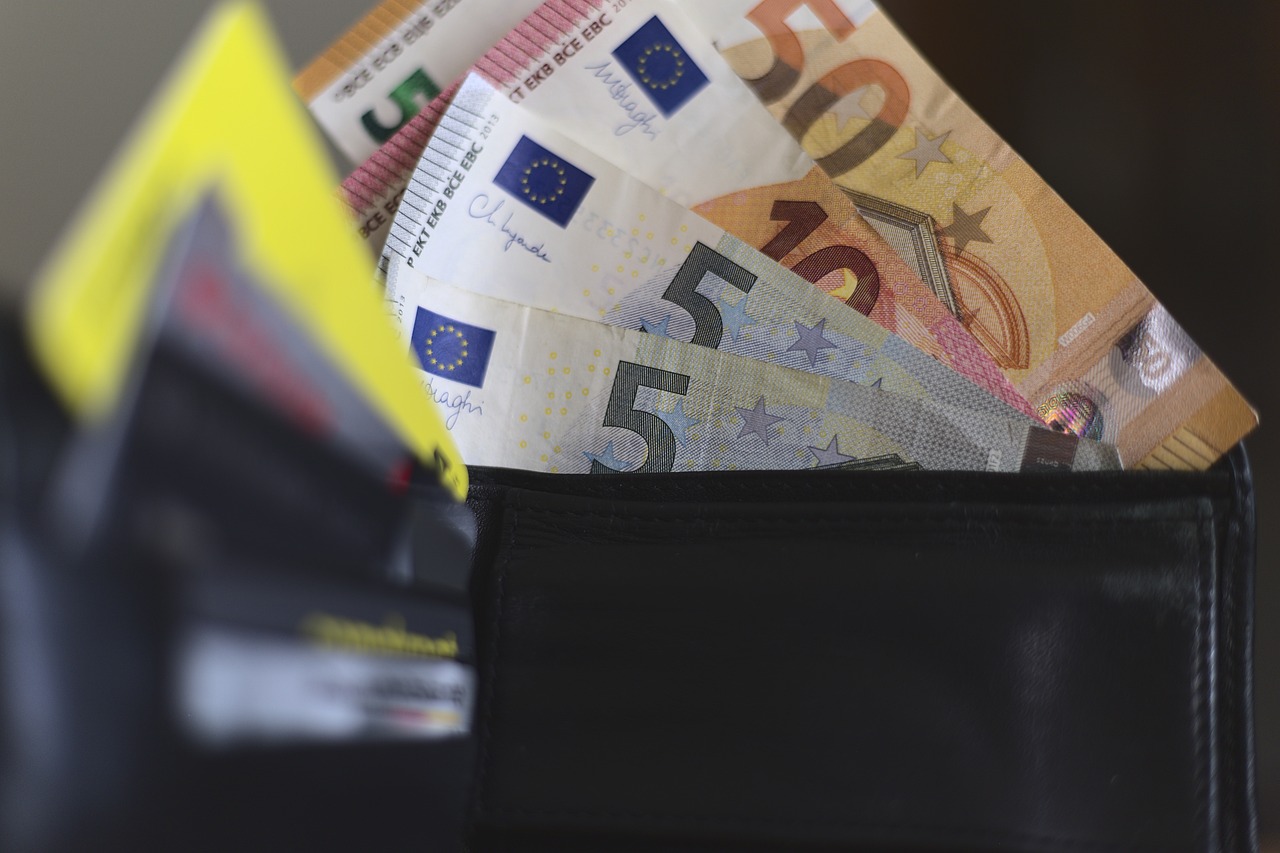30 Essential Questions About Sending Money via IBAN for International Transfers
GPT_Global - 2025-09-10 01:00:02.0 104
are 30 unique questions related to sending money via IBAN:1. What is an IBAN and how does it work for international money transfers?
When it comes to international remittances, one of the most important terms you’ll encounter is IBAN. An IBAN, or International Bank Account Number, is a globally recognized system that helps identify bank accounts across borders. It ensures that money sent from one country reaches the correct account in another, minimizing errors in transfers.
Understanding how IBAN works is crucial for anyone sending money abroad. Each IBAN contains a country code, two check digits, and a series of numbers that uniquely identify the bank and account. This standardized format allows banks and remittance providers to process transactions quickly and securely, reducing the chances of delays or rejections.
For remittance businesses, promoting awareness of IBAN use can build customer trust and streamline international payments. By educating senders about entering accurate IBAN details, service providers can cut down on failed transfers and extra fees. In today’s competitive money transfer market, highlighting IBAN compliance not only improves customer experience but also strengthens a business’s reputation for reliability in global transactions.

How do I find my IBAN number for a bank transfer?
When making international bank transfers, it's essential to know your IBAN (International Bank Account Number) to ensure that funds reach the correct recipient. An IBAN is a standardized method of identifying bank accounts across borders, simplifying the process and reducing errors. Here's how you can easily find your IBAN number.
Firstly, you can locate your IBAN on your bank account statement, as it is typically printed there. If you're using online banking, log into your account, and your IBAN will likely be displayed under the account details section. It’s often found alongside other vital information like your account number and SWIFT/BIC code.
If you can't find it online, contact your bank directly. They can provide your IBAN either over the phone or through customer support channels. Many banks also offer an IBAN calculator on their website, which allows you to generate it by entering your standard account information.
For remittance businesses, ensuring that the correct IBAN is provided is crucial for swift and accurate transfers. Using the right IBAN prevents delays and ensures funds are sent to the correct account, allowing for a smoother cross-border transaction experience.
Can I send money internationally using only an IBAN number?
```htmlSending money internationally is easier than ever before, but understanding the process can be tricky. One common question many people have is whether it's possible to send money internationally using only an IBAN (International Bank Account Number). The short answer is no, an IBAN alone isn't sufficient to complete an international transfer.
To send money internationally, you'll typically need more than just the IBAN. While the IBAN identifies the recipient's bank account and helps ensure that the funds are routed to the correct account, you’ll also need other information like the SWIFT/BIC code of the receiving bank, the recipient's full name, and possibly their address. The SWIFT/BIC code helps identify the specific bank in international transactions.
It's important to check with your bank or remittance service for the exact details required to complete your transfer. Many remittance businesses now offer seamless international money transfers, allowing you to send money quickly and securely without needing to worry about the technicalities of international banking systems.
```Is IBAN the same as a SWIFT code for international transfers?
When sending money internationally, understanding the terms IBAN and SWIFT code is essential. While both play crucial roles in facilitating global transactions, they are not the same.
IBAN, or International Bank Account Number, is a unique identifier for a specific bank account. It helps ensure the correct destination for funds by incorporating both the account number and the country code. This number is essential for ensuring smooth and accurate cross-border payments.
On the other hand, a SWIFT code (or BIC) is used to identify a specific bank during international transfers. It consists of a series of letters and numbers that pinpoint the exact financial institution, enabling banks to communicate effectively and securely with each other when processing remittance transactions.
To sum it up, IBAN is used for identifying individual accounts, while the SWIFT code identifies the banks involved. Both are crucial for smooth international money transfers, but they serve different purposes. Understanding their differences ensures that your remittance reaches the right person and bank without delays.
Do I need to provide the recipient’s IBAN number to send money abroad?
When sending money abroad, one of the most common questions is whether you need to provide the recipient’s IBAN (International Bank Account Number). The IBAN is an internationally recognized system used to identify bank accounts across borders, making international transactions smoother and more secure.
In most cases, yes, you will need to provide the recipient’s IBAN when transferring money internationally. The IBAN helps ensure that the funds are directed to the correct account without delays or errors. It is particularly important for countries within the European Union and other regions that use the IBAN system for bank transfers.
However, it’s important to note that some money transfer services may not require an IBAN if they use alternative methods, such as mobile wallets or direct transfers through online platforms. Always check with your service provider to confirm their specific requirements for international transfers.
In conclusion, if you are sending money via traditional bank routes, providing the recipient's IBAN will likely be necessary. For modern digital remittance methods, the requirements may vary. Always ensure you have the correct details before initiating any international payment.
About Panda Remit
Panda Remit is committed to providing global users with more convenient, safe, reliable, and affordable online cross-border remittance services。
International remittance services from more than 30 countries/regions around the world are now available: including Japan, Hong Kong, Europe, the United States, Australia, and other markets, and are recognized and trusted by millions of users around the world.
Visit Panda Remit Official Website or Download PandaRemit App, to learn more about remittance info.



